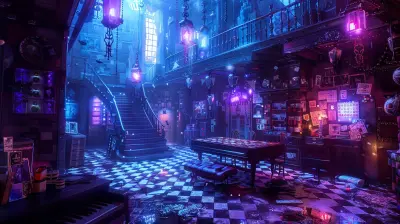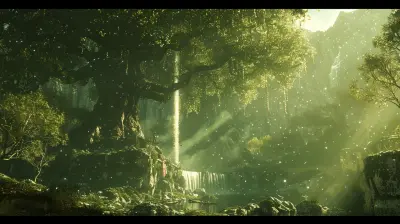Behind the Scenes: How Developers Create Immersive Game Worlds
7 September 2025
Ever wondered how your favorite video games manage to suck you in, making you lose track of time as you dive headfirst into their fantastical landscapes? It’s not magic (although it feels like it, doesn’t it?). Behind every jaw-dropping game world, there’s an army of developers meticulously crafting every pixel, sound, and interaction. These aren’t just coders—they’re worldbuilders, storytellers, and, in a way, digital architects.
Creating immersive game worlds isn’t just about slapping pretty textures onto a 3D model or adding a catchy soundtrack. It’s a blend of art, science, and psychology. Want to know how the pros do it? Let’s pull back the curtain and geek out together as we explore the fascinating process behind making game worlds come to life. 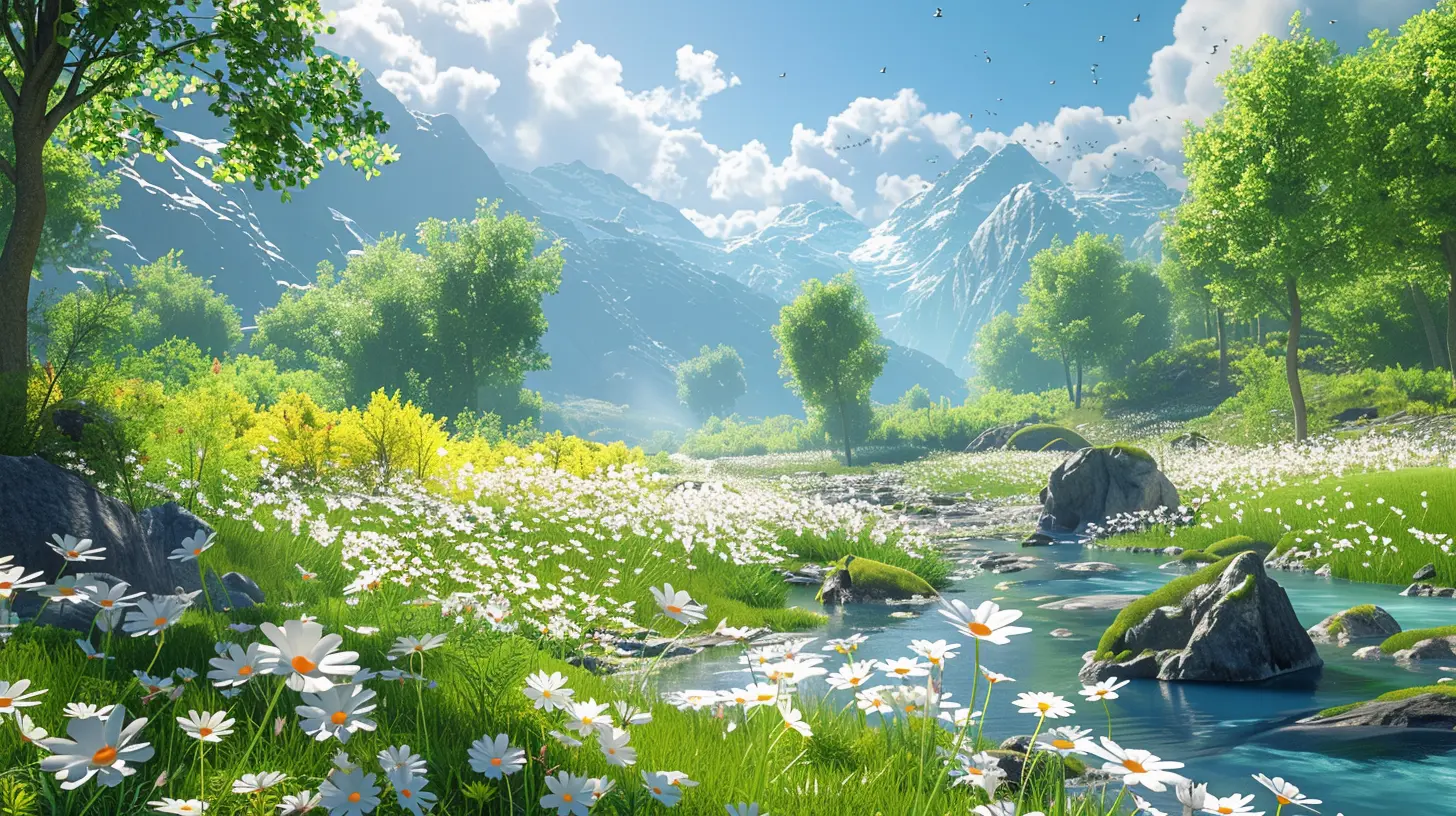
The Heartbeat of Immersion: Strong Concepts and World-Building
Before any code is written or polygons are modeled, it all starts with an idea. A great game world begins with a strong concept that dictates its story, style, and rules. Whether it’s a dystopian cyberpunk city dripping with neon lights or a lush fantasy forest teeming with mythical creatures, developers first need to answer some key questions:- What’s the theme of this world?
- Who lives in it? And what are their stories?
- How does this world feel? Is it gritty and realistic, or whimsical and surreal?
Developers often turn to concept artists to visually bring these ideas to life. These artists sketch out characters, environments, and objects to define the game’s tone and atmosphere. Think of these early concepts as blueprints. It’s like planning out a dream home before you even start building the foundation.
And it’s not just about aesthetics. Remember, every choice about the world’s design needs to serve the gameplay. For instance, in a survival horror game, narrow hallways and dim lighting are intentionally used to evoke a sense of claustrophobia and fear. On the flip side, a sprawling open-world RPG might have sweeping vistas and vibrant landscapes to encourage exploration. 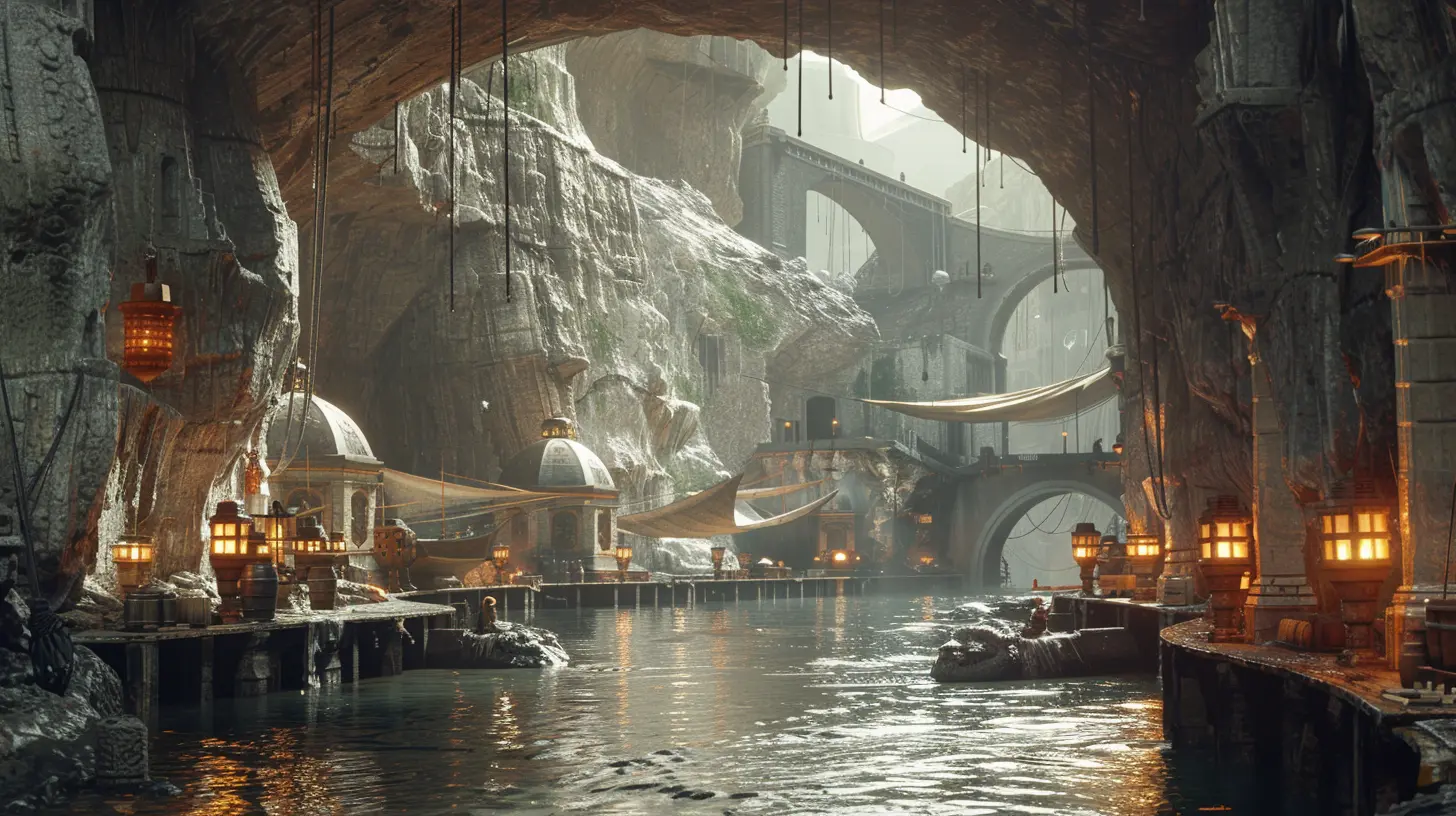
Crafting the Bones: Game Engines and Technical Foundation
Think of a game engine as the skeleton of the game. It’s the tech that holds everything together, giving developers the framework to create and organize their game world. Popular engines like Unreal Engine, Unity, and CryEngine provide tools for rendering visuals, simulating physics, and managing AI, among other things.When developers choose an engine, they’re not just picking a tool—they’re setting the boundaries of what’s possible within their game world. For example, Unreal Engine is known for its stunning graphics capabilities, making it a top choice for games with realistic visuals like The Last of Us Part II.
But technology alone isn’t enough. Developers also need to optimize their game worlds so they run smoothly on a range of devices. This means balancing visual fidelity with performance. After all, what good is a beautiful world if it’s a stuttering mess on your screen? 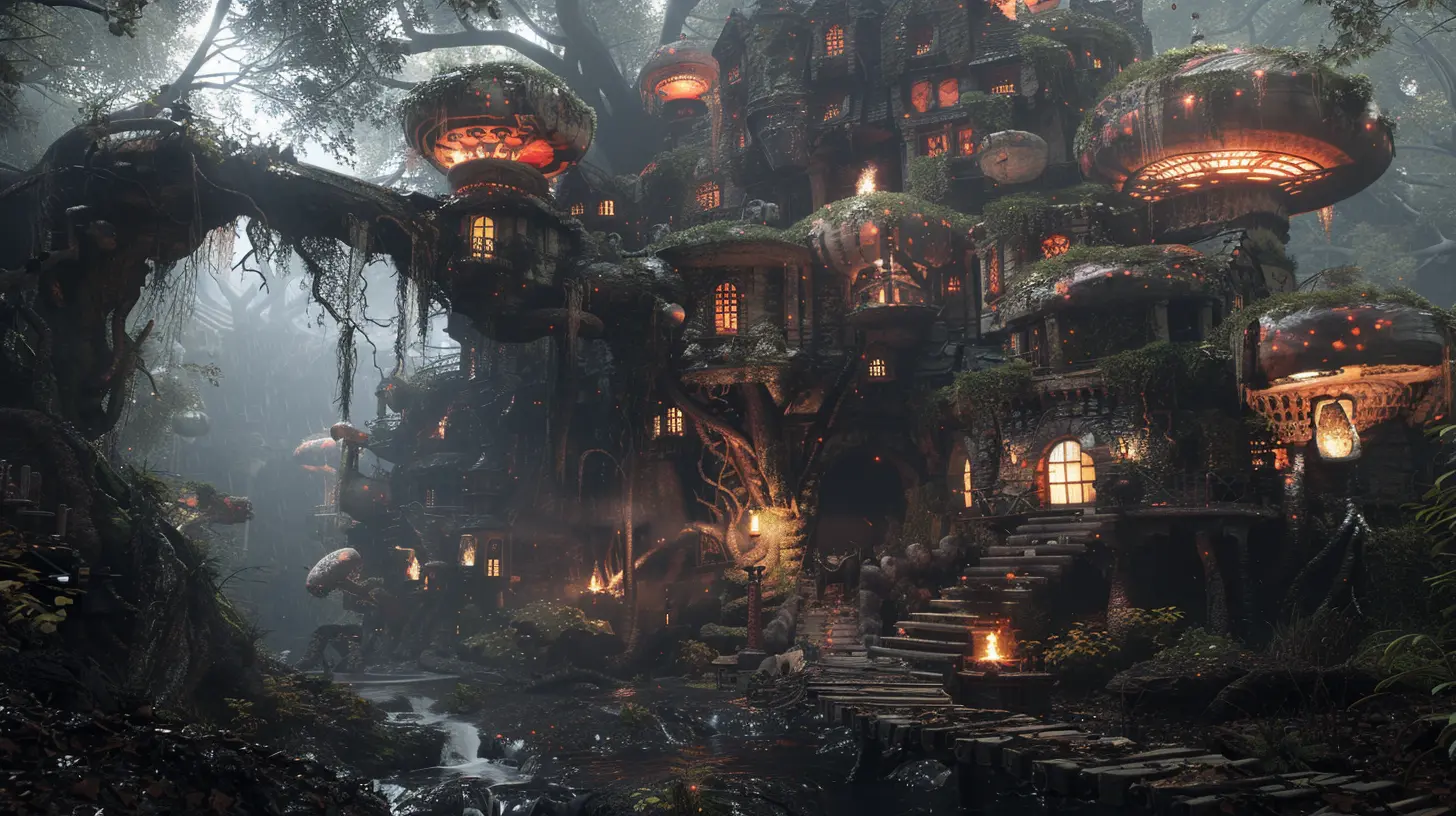
Breathing Life into the World: Environmental Design
You know that feeling when you step into a new game area, and it just feels alive? That’s the magic of environmental design. Developers use everything from lighting and weather effects to soundscapes and background details to create spaces that feel lived-in.Take, for example, a bustling marketplace in a medieval RPG. What makes it immersive? It’s not just the cobblestone streets or the intricate shop signs. It’s the chatter of NPCs (non-playable characters) haggling over goods, the clinking of horse-drawn carts, and the distant sound of a lute being plucked by a wandering bard.
Lighting is another key player here. A well-lit area can feel safe and welcoming, while shadows can make even the most mundane spot feel eerie. Developers often use lighting techniques like ray tracing to create realistic reflections and shadows, adding depth and atmosphere to their worlds. 
Characters: The Heart and Soul of Any World
A game world might be visually stunning, but it’s the characters that make it memorable. Whether it’s a stoic hero, a snarky sidekick, or a chilling antagonist, characters are the vessels through which players connect to the game’s narrative.Developers work closely with animators, voice actors, and writers to ensure these characters feel authentic. Motion capture technology is often used to bring realistic movements and expressions to life. Ever noticed how Ellie from The Last of Us has subtle facial twitches or how Geralt from The Witcher moves like a real swordsman? That’s motion capture in action.
And it’s not just about the main characters. Even the NPCs—those random villagers or shopkeepers you barely notice—play a role in immersion. Developers give them routines, reactions, and dialogues to make the world feel alive.
Audio: The Unsung Hero of Immersion
Let’s talk about something that doesn’t always get the credit it deserves: audio design. Yeah, we all fangirl over killer graphics, but sound is just as important when it comes to making a game world feel real.Think about it—what’s scarier, seeing a shadow move in a dark hallway or hearing the faint, distant growl of something lurking nearby? Sound amplifies the emotional beats of a game, whether it’s the triumphant swell of music during a boss fight or the eerie silence of a post-apocalyptic wasteland.
Developers often hire entire teams of sound designers to capture or create effects that match the game’s environments and tone. They might record the rustling of leaves or synthesize alien roars. And don’t forget the music! A good soundtrack can pump up the adrenaline, tug at your heartstrings, or linger in your memory long after you’ve put the controller down.
Interactivity: A World That Responds to You
Here’s the thing: a world isn’t truly immersive if it doesn’t respond to the player. Interactivity is what sets video games apart from other forms of entertainment. Developers design systems that make the world react to your choices, movements, and actions.For instance, in a game like Red Dead Redemption 2, shooting your gun in a crowded saloon will cause NPCs to scatter in panic, and you might even find a posse chasing you down later. These dynamic systems make the world feel alive and responsive, as if it’s evolving alongside you.
Developers also work on smaller details—like the way your footprints leave trails in the snow, or how a cut tree falls in The Legend of Zelda: Breath of the Wild. These “little things” may seem trivial, but they add layers of believability to the game world.
Player Perspective: Drawing You Into the Experience
Finally, let’s talk about perspective. Whether a game is in first-person, third-person, or even an isometric viewpoint, the camera angle plays a huge role in immersion.First-person games, like Skyrim or Call of Duty, put you directly into the shoes of the character, making the world feel up close and personal. You’re not just watching the game—you’re in it.
Third-person games, on the other hand, allow for a broader view of the surroundings. This perspective is often used in open-world games to highlight the beauty and scale of the environment.
Regardless of the perspective, developers use techniques like field of view adjustments, camera shakes, and motion blur to make the experience feel more natural and engaging.
The Challenges Developers Face
Of course, creating immersive game worlds isn’t all fun and virtual sunsets. Developers face a ton of challenges, from tight deadlines and budget constraints to technical limitations and player expectations. And let’s not forget the grind of debugging—because even a single glitch can break the immersion (looking at you, floating NPCs).Yet, despite these hurdles, developers continue to raise the bar, pushing the boundaries of what’s possible in gaming.
Conclusion: The Art and Science of Immersion
So, the next time you boot up your favorite game and marvel at its sprawling cities, eerie dungeons, or serene forests, take a moment to appreciate the countless hours that went into creating it. Every detail, no matter how small, was carefully crafted to pull you in and keep you hooked.Developers are more than just coders—they’re dream-weavers, building worlds that feel as real (if not more so) than the one outside your window. It’s a blend of creativity, technology, and heart that makes gaming the incredible medium it is today.
And who knows? Maybe one day you’ll be the one putting in those hours, crafting the worlds we’ll all lose ourselves in.
all images in this post were generated using AI tools
Category:
Gaming NewsAuthor:

Stephanie Abbott
Discussion
rate this article
1 comments
Jet Williams
This article compellingly explores the intricate processes behind crafting immersive game worlds. By delving into the synergy of technology, art, and narrative design, it highlights how developers create rich, engaging environments that elevate player experience, making virtual realms feel genuinely alive.
September 22, 2025 at 4:23 PM

Stephanie Abbott
Thank you! I'm glad you found the article compelling. The synergy of technology, art, and narrative design truly is what brings game worlds to life!
